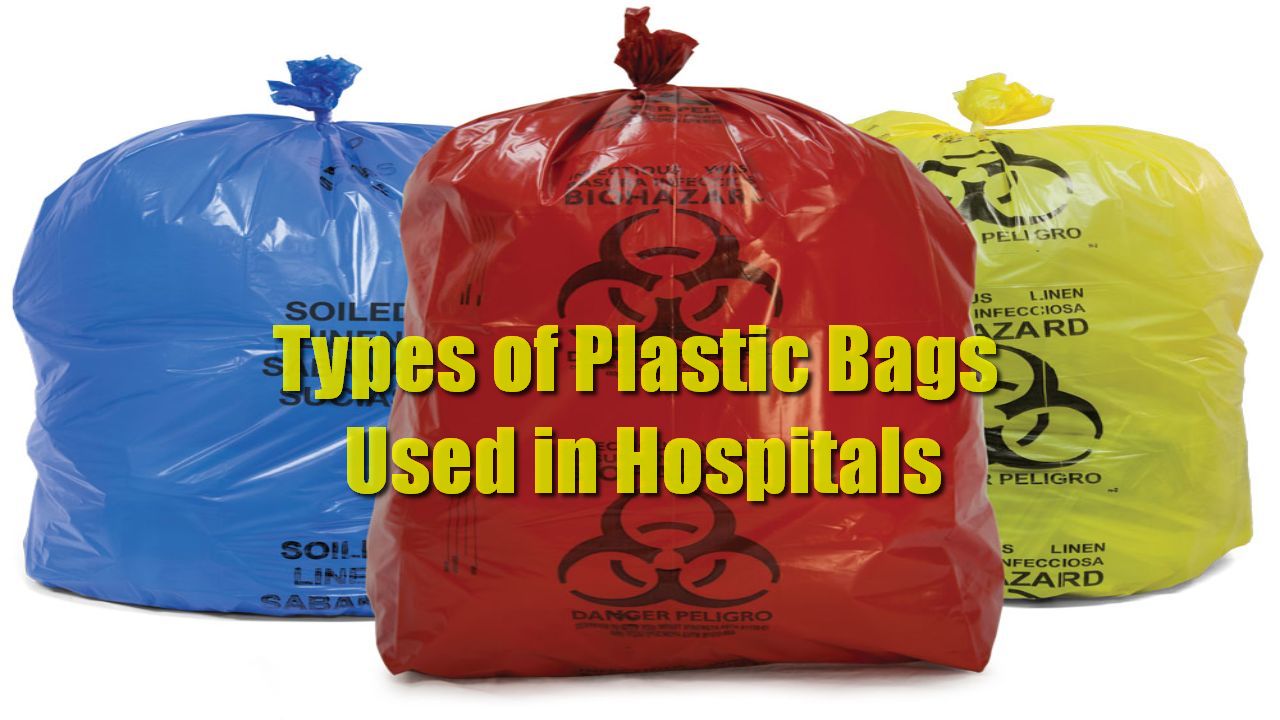Plastic bags in hospitals play a vital role in managing medical waste, protecting healthcare workers and patients, and ensuring cleanliness and hygiene standards are upheld. These bags come in various types and serve different purposes within the healthcare setting. Understanding the types of plastic bags used in hospitals is essential for ensuring proper waste management and infection control protocols are followed. Let’s take a closer look at some of the common types:
General Waste Bags
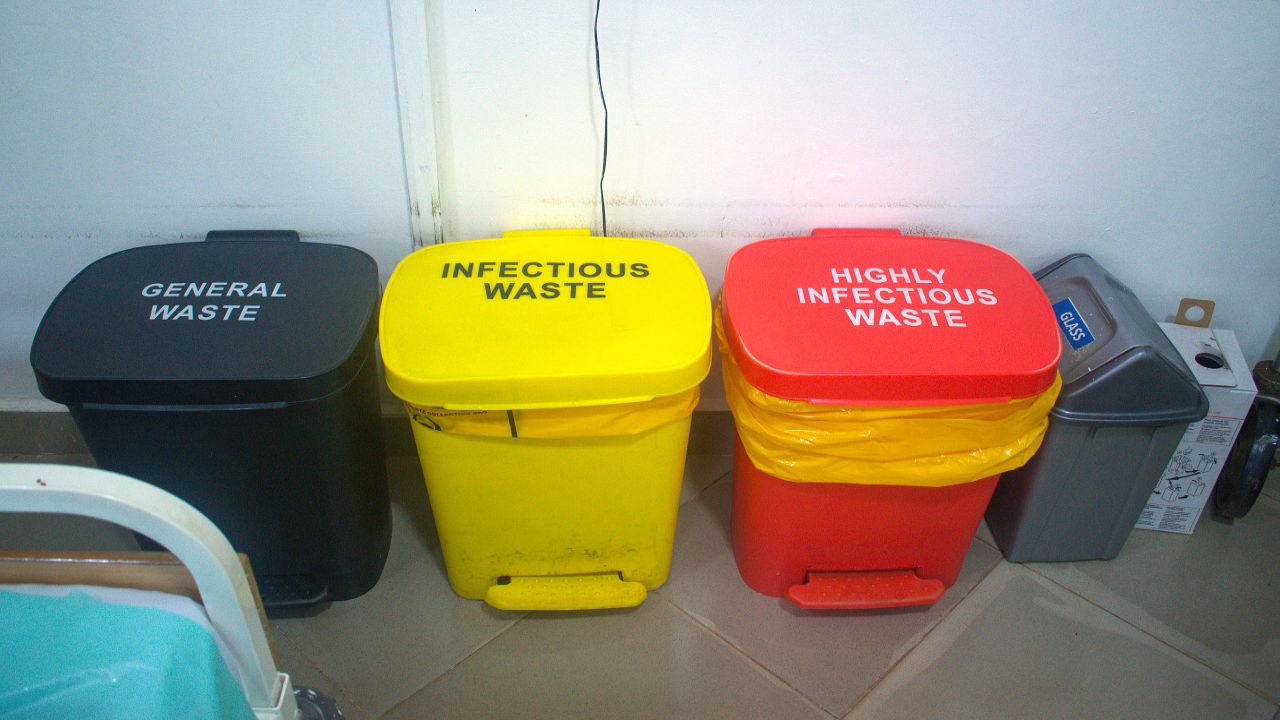
General waste bags, such as 2-gallon trash bags, are used to dispose of non-hazardous waste generated in healthcare facilities. This includes food wrappers, paper towels, and empty medication vials. While not as specialized as biohazard or chemotherapy waste bags, general waste bags still play a crucial role in maintaining cleanliness and hygiene standards in hospitals and clinics.
Biohazard Bags
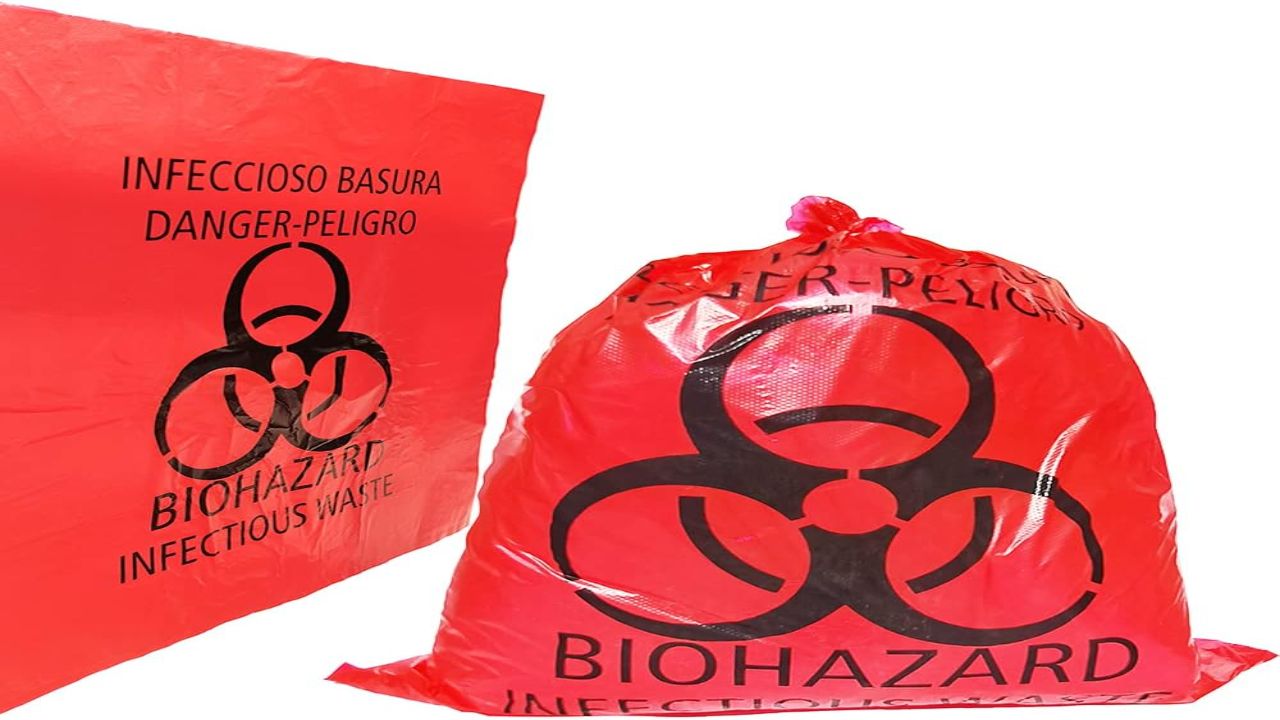
Biohazard bags, often recognizable by their distinctive red color and biohazard symbol, are specifically designed to contain potentially infectious materials such as blood, bodily fluids, and other medical waste. These bags are thick and puncture-resistant to prevent leaks and ensure safe disposal of hazardous materials. Healthcare facilities use biohazard bags to segregate and dispose of waste generated during medical procedures, patient care, and laboratory activities.
Sharps Containers
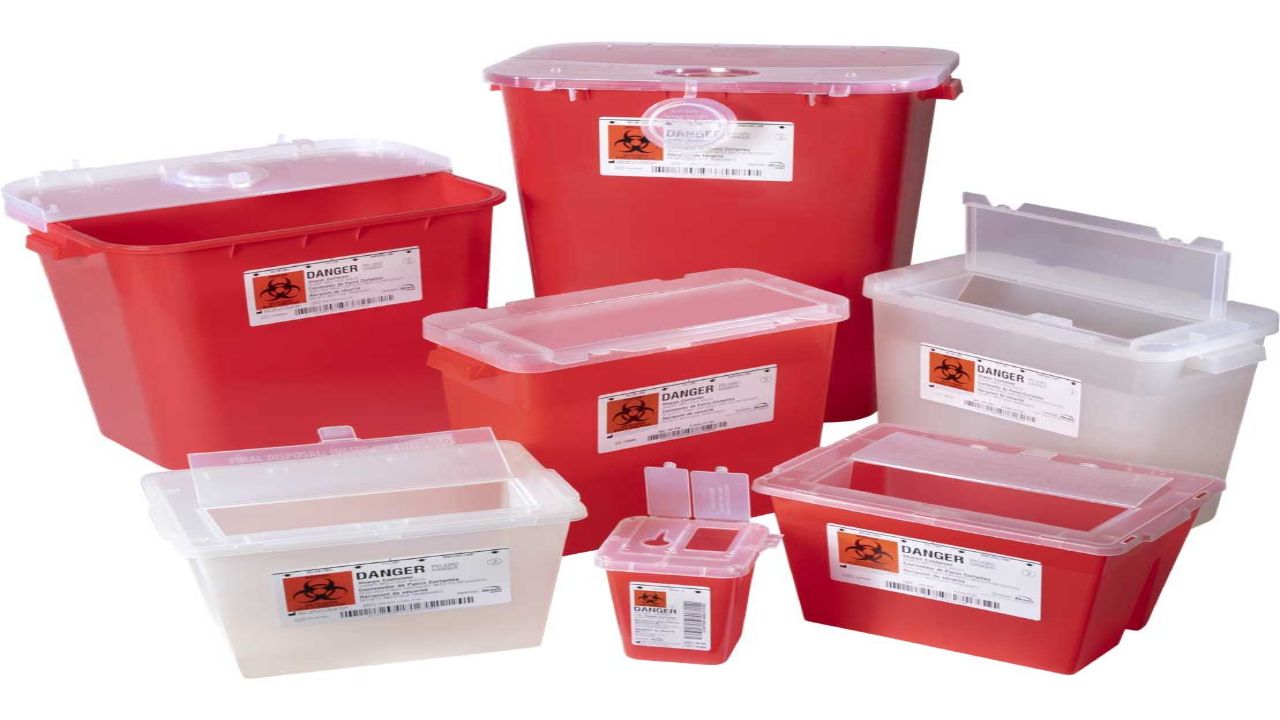
Sharps containers are specialized plastic containers used for the safe disposal of sharp objects such as needles, syringes, scalpels, and lancets. These containers are typically made of puncture-resistant plastic to prevent accidental needle sticks and protect healthcare workers from exposure to bloodborne pathogens. Sharps containers are essential in reducing the risk of needlestick injuries and preventing the spread of infectious diseases in healthcare settings.
Chemotherapy Waste Bags
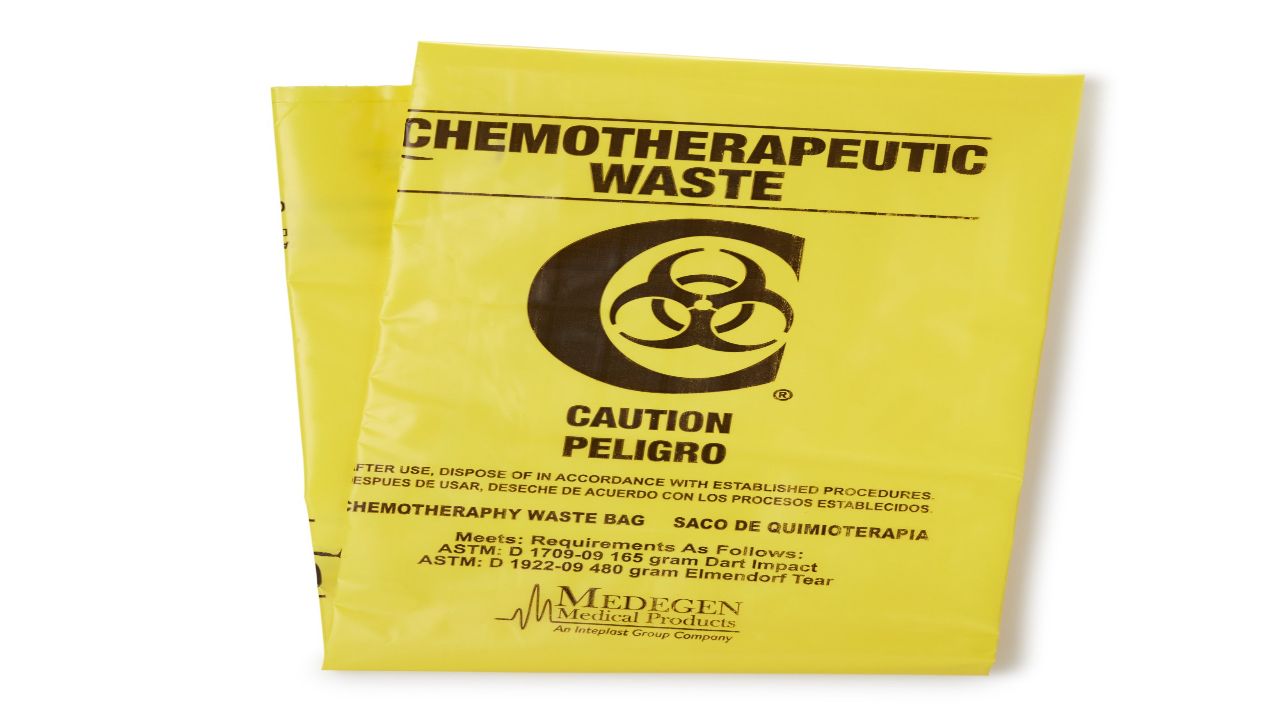
Chemotherapy waste bags are designed to safely contain and dispose of chemotherapy waste, including medications, IV tubing, and other materials used in the administration of chemotherapy treatments. These bags are made of durable plastic and are specifically labeled to indicate their contents. Proper disposal of chemotherapy waste is critical to prevent exposure to hazardous drugs and protect both healthcare workers and the environment.
Sterile Packaging Bags

Sterile packaging bags are used to maintain the sterility of medical instruments, equipment, and supplies during storage and transportation. These bags are made of transparent plastic and are often heat-sealed to ensure airtight packaging. Sterile packaging bags help prevent contamination and maintain the integrity of sterile items until they are ready for use in medical procedures or patient care.
In conclusion, the various types of plastic bags used in hospitals serve distinct purposes in managing medical waste, ensuring infection control, and maintaining cleanliness and hygiene standards. From biohazard bags to sterile packaging bags, each type plays a crucial role in supporting safe and effective healthcare delivery. By understanding the different types of plastic bags used in hospitals, healthcare workers can ensure proper waste management practices are followed. This can minimize the risk of exposure to hazardous materials and protect the health and safety of patients and staff alike.
